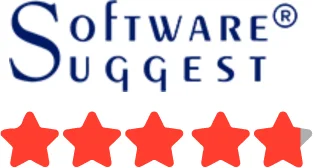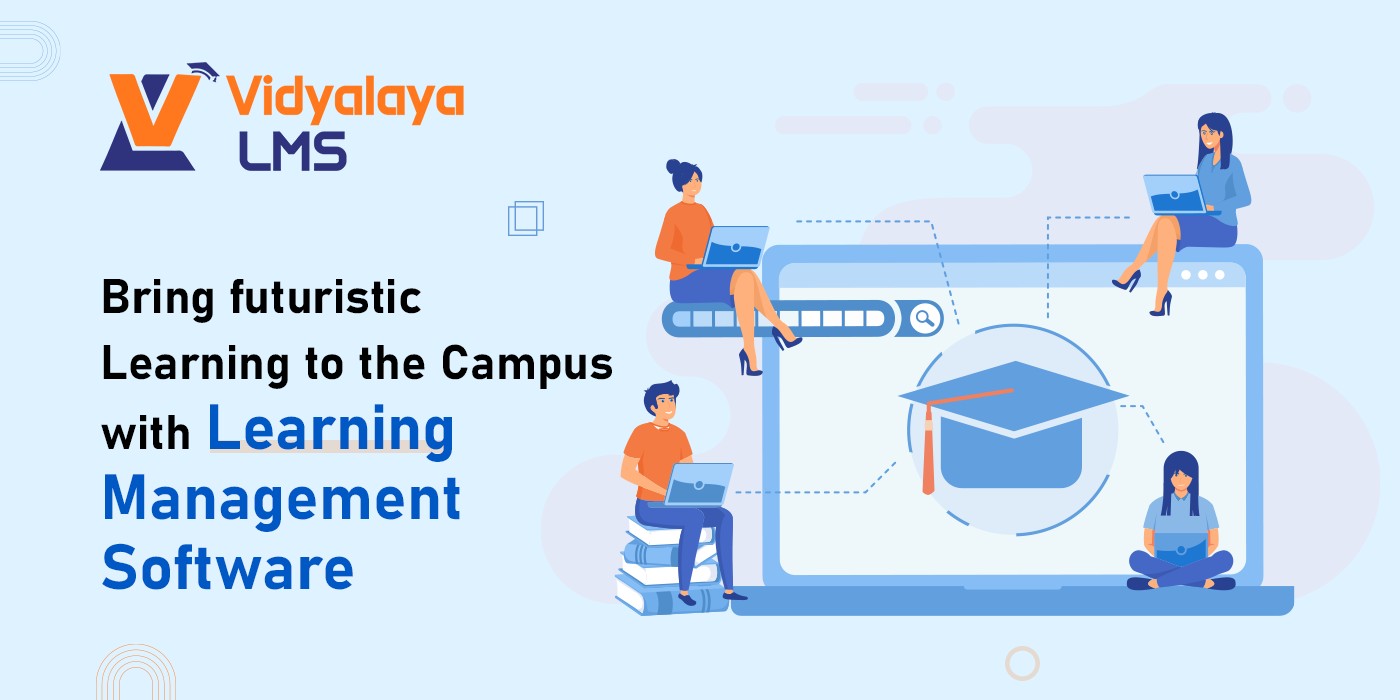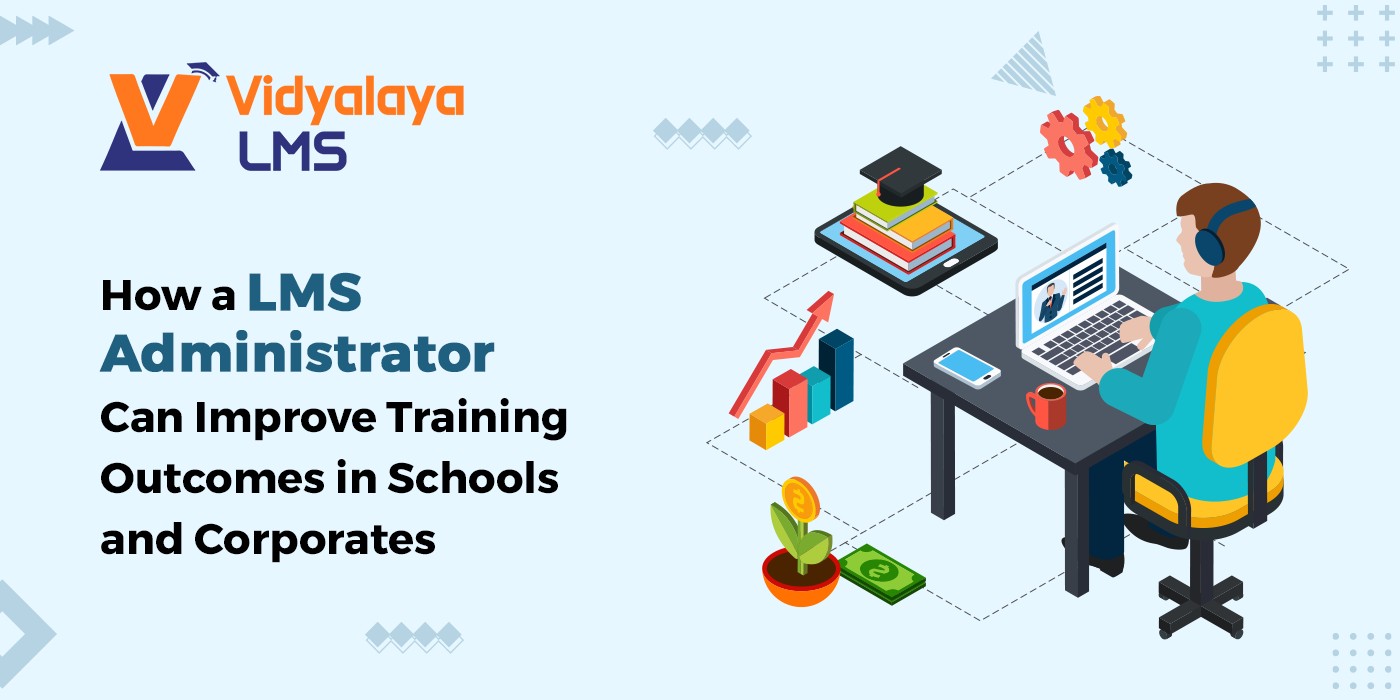In today’s digital age, the demand for effective e-learning solutions has increased, making the possibility of an e-learning management system (LMS) for organizations. An LMS not only streamlines the learning process but also improves the general educational experience for both coaches and students. This blog will guide you through the factors required to assess when choosing the best e-learning management system for your organization, ensuring that you make an informed decision in line with your educational goals.
The popularity of e-learning has taken off in recent years, inspired by the need for flexible and available educational solutions. Organizations in different fields use E-learning management systems to facilitate fast, on-board, and continuous commercial development. With many available options, choosing the right e-learning administration software can be difficult. This blog will cover the main points to check when choosing an LMS, what it means, and what you can expect to learn from this guide.
How does it mean something?
Selecting the appropriate management system for e-learning is critical to achieving success in your training programs. An appropriately selected LMS can enhance commitment, enhance knowledge retention, and simplify administrative functions. A poor option, however, may result in meaningless resources, decreased student satisfaction, and ineffective training outcomes. By realizing the key considerations in selecting an LMS, the organization can ensure that it invests in a solution that addresses its specific needs.
Facts and Statistics:
As per a report from Research and Markets, the world E-Learning market is anticipated to grow to around $375 billion by 2026, reflecting the increasing need for good-quality E-Learning solutions.
The Brandon Hall Group study has discovered that organizations that invest in E-Learning experience an increase of 42% in employee productivity.
Section |
Details |
|
Important Features to Consider |
Key functionalities for a simple and effective LMS experience |
|
User Support and Experience |
Importance of usability and support for user adoption |
|
Analytics and Reporting |
Tools for measuring performance and improving training quality |
|
Comparing Different LMS Solutions |
Criteria for evaluating and selecting LMS options |
|
Conclusion |
Strategic approach to choosing the optimal LMS |
Important Features for Viewing
When choosing the e-learning management system, it is important to keep in mind important characteristics that allow students and administrators to have a simple and effective experience.
- Course Management: LMS should facilitate simple construction, planning, and distribution of courses from multimedia uploads to quizzes.
- User Administration: Maintain data security effectively by adding/removing students, assigning roles, and managing access permits effectively to users.
- Mobile Capacity: A mobile-friendly LMS enables students to see the materials at any time, sometimes, anywhere anywhere.
- Adaptation Features: LMS will offer dashboards, colour, logo, and course template adaptation to fit the brand of their organization.
- User Support and Experience: The quality and support of a design behind an LMS can kill or save the user’s adoption levels. No matter how rich an LMS is, it will be a failure if users do not think it is easy to use.
- Elegant Navigation: An organized, consistent design allows students to easily detect courses, monitor progress, and receive support. This training reduces the time and increases the user’s satisfaction.
- Technical Assistance: Problems will sometimes occur. That is why timely and effective help via email, chat, or phone is important. Look for LMS suppliers who have 24/7 support or a dedicated account manager.
- Training Resources: LMS will include easily accessible training programs, common questions, how you can hand manual, and even onboarding classes that help users (both administrators and students) to navigate independently without effective external assistance.
- Analysis and Reporting: What you measure, which you improve. Analysis tools in an LMS allow you to refine the quality and performance of your training programs.
- Depth reporting: The solution requires the progress of students, test scores, perfection rates for courses, and a detailed, downloadable report on appearance. These reports are informative for both instructors and managers.
- Analytics Tool: In addition to standard reporting, LMS must offer visual dashboards, heat maps, and engagement trackers. These help you know where students act, where they fail, and how to increase the course material or distribution.
- Compare Different LMS Solutions: Choosing correctly includes ideas, not an impulse decision based on value or popularity.
- Research: Shortlist 5-7 LMS suppliers according to the budget, business size, industry, and requirements. Compare product flying, websites, and third-party reviews on what they have to offer.
- Demo and Trial: Request a free trial or live demo. Take time to test functionality, adaptation skills, mobile responsibilities, and purposes. Attach students and administrators to the test process.
- Feedback: Ideas from internal stakeholders. The instructors will inform you whether the system corresponds to their instructional requirements. IT teams can evaluate integration feasibility. Students can respond to the purpose. This common response is what makes LMS suitable for all departments.
Conclusion:
Choosing the optimal e-learning management system is just more than technology-it is a strategic approach to strengthen the organization’s learning and development. A correct LMS student maximizes engagement, streamlines the distribution of courses, facilitates mobile access, and provides strong analysis for continuous improvement. Through an intensive examination of functions, purposes, scalability, and integration ability, you can make an informed decision to find a solution that suits your goals, increases your training results, and scales with your organization.
At Vidyalaya LMS, we help institutions and organizations implement powerful, user-friendly LMS solutions tailored to their needs. Ready to transform your learning experience? Let’s connect and explore how we can support your goals.



























